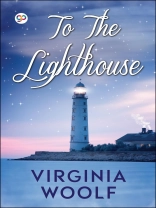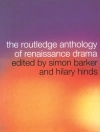Every summer, the Ramsays visit their summer home on the beautiful Isle of Skye, surrounded by the excitement and chatter of family and friends, mirroring Virginia Woolf’s own joyful holidays of her youth. But as time passes, and in its wake the First World War, the transience of life becomes ever more apparent through the vignette of the thoughts and observations of the novel’s disparate cast.
A landmark of high modernism and the most autobiographical of Virginia Woolf’s novels, To the Lighthouse explores themes of loss, class structure and the question of perception, in a hauntingly beautiful memorial to the lost but not forgotten.
About the Author:
Virginia Woolf was an English writer, and one of the foremost modernists of the twentieth century.During the interwar period, Woolf was a significant figure in London literary society and a central figure in the influential Bloomsbury Group of intellectuals. Her most famous works include the novels Mrs Dalloway, To the Lighthouse and Orlando, and the book-length essay A Room of One’s Own, with its famous dictum, ‘A woman must have money and a room of her own if she is to write fiction.’ Woolf suffered from severe bouts of mental illness throughout her life, thought to have been the result of what is now termed bipolar disorder, and committed suicide by drowning in 1941 at the age of 59.












